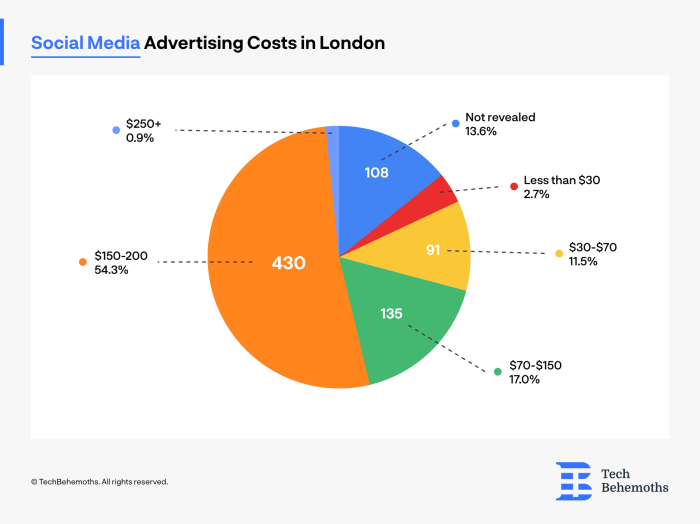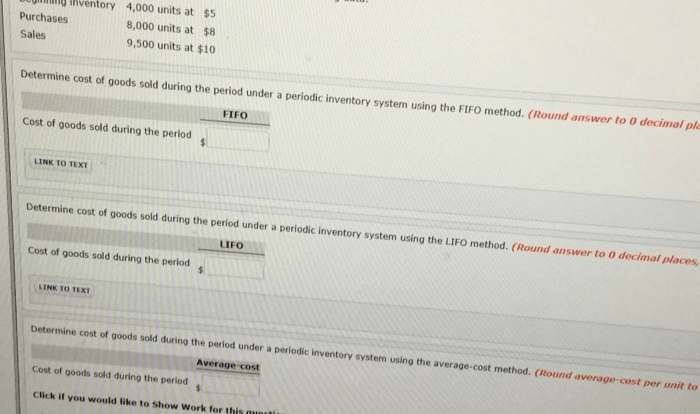Which one of the following costs would not be inventoriable – The distinction between inventoriable and non-inventoriable costs is crucial for accurate financial reporting and analysis. This article delves into the concept of inventory costs, exploring the criteria used to distinguish between these two types of costs. By understanding the nature and treatment of these costs, we gain a deeper comprehension of the financial statements and their implications for financial analysis.
Inventoriable costs are those that can be directly attributed to the production or acquisition of inventory, while non-inventoriable costs are those that cannot be directly linked to the inventory. The distinction between these costs is essential for determining the proper accounting treatment and for ensuring the accuracy of financial statements.
Inventory Costs
Inventory costs represent the expenses incurred in acquiring and preparing inventory for sale. These costs include the purchase price of goods, as well as additional expenses related to their acquisition and preparation for sale.
Examples of Inventoriable Costs, Which one of the following costs would not be inventoriable
- Purchase price of inventory
- Freight-in costs
- Import duties
- Storage costs
- Handling costs
- Packaging costs
Non-Inventoriable Costs

Non-inventoriable costs are expenses that are not directly related to the acquisition or preparation of inventory for sale. These costs are typically expensed in the period in which they are incurred.
Examples of Non-Inventoriable Costs
- Administrative expenses
- Selling expenses
- Research and development expenses
- Marketing expenses
- Interest expenses
- Depreciation expenses
These costs are not inventoriable because they are not directly related to the acquisition or preparation of inventory for sale.
Distinguishing Inventoriable from Non-Inventoriable Costs

| Cost Type | Definition | Examples |
|---|---|---|
| Inventoriable Costs | Expenses incurred in acquiring and preparing inventory for sale | Purchase price of inventory, freight-in costs, import duties, storage costs, handling costs, packaging costs |
| Non-Inventoriable Costs | Expenses not directly related to the acquisition or preparation of inventory for sale | Administrative expenses, selling expenses, research and development expenses, marketing expenses, interest expenses, depreciation expenses |
The main criterion used to distinguish between inventoriable and non-inventoriable costs is whether the cost is directly related to the acquisition or preparation of inventory for sale.
Accounting Treatment
Inventoriable costs are recorded as assets on the balance sheet. These costs are then expensed when the inventory is sold.
Non-inventoriable costs are expensed in the period in which they are incurred.
The different accounting treatments for inventoriable and non-inventoriable costs have implications for financial analysis. For example, inventoriable costs are included in the calculation of inventory turnover, while non-inventoriable costs are not.
Relevance for Financial Analysis

Distinguishing between inventoriable and non-inventoriable costs is important for financial analysis. This distinction can impact financial ratios and other metrics, such as:
- Inventory turnover
- Gross profit margin
- Operating profit margin
- Net profit margin
Understanding these costs can enhance the accuracy of financial analysis.
Q&A: Which One Of The Following Costs Would Not Be Inventoriable
What are the key criteria used to distinguish between inventoriable and non-inventoriable costs?
The key criteria used to distinguish between inventoriable and non-inventoriable costs are:
- Direct attribution to inventory
- Time period benefited
- Nature of the cost
Why is it important to correctly classify costs as either inventoriable or non-inventoriable?
Correctly classifying costs as either inventoriable or non-inventoriable is important because it ensures the accuracy of financial statements. Inventoriable costs are reported as assets on the balance sheet, while non-inventoriable costs are expensed in the period in which they are incurred.
Misclassifying costs can lead to incorrect financial reporting and can impact financial ratios and other metrics used in financial analysis.
How does the accounting treatment of inventoriable and non-inventoriable costs differ?
Inventoriable costs are capitalized and reported as assets on the balance sheet. They are matched against revenue when the inventory is sold. Non-inventoriable costs are expensed in the period in which they are incurred and are not reported as assets on the balance sheet.
